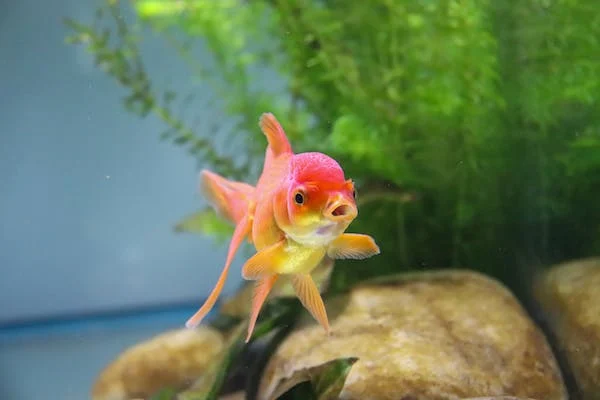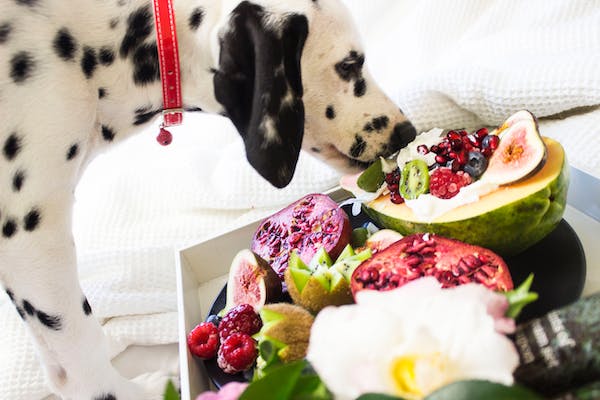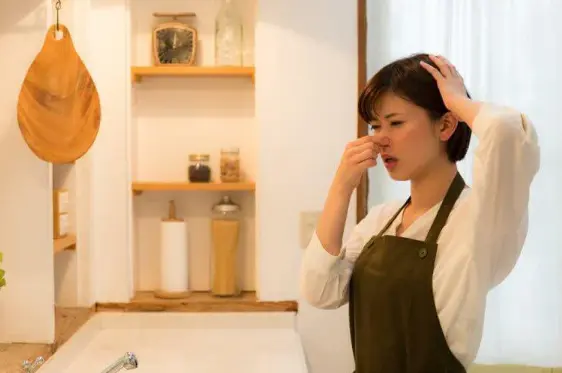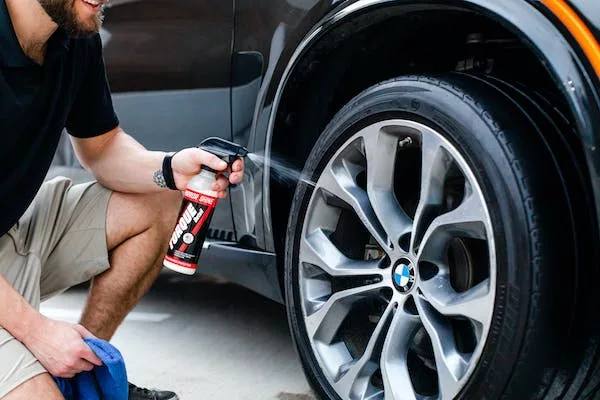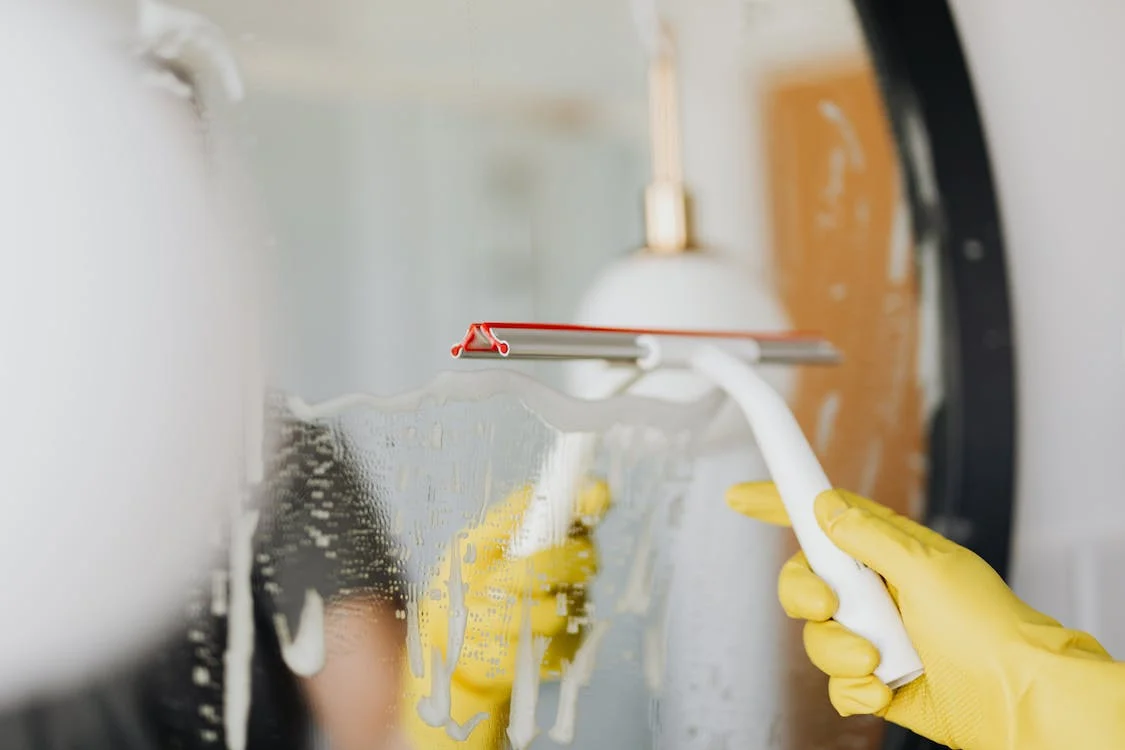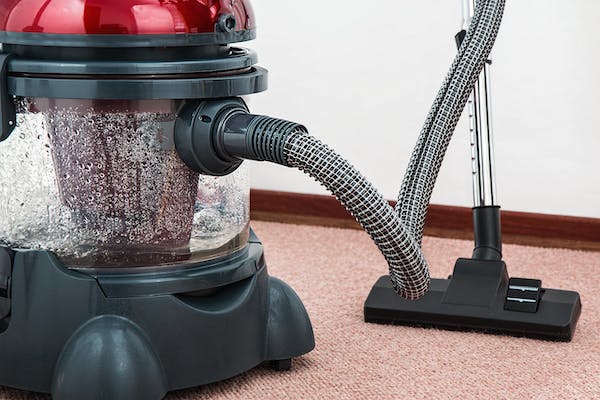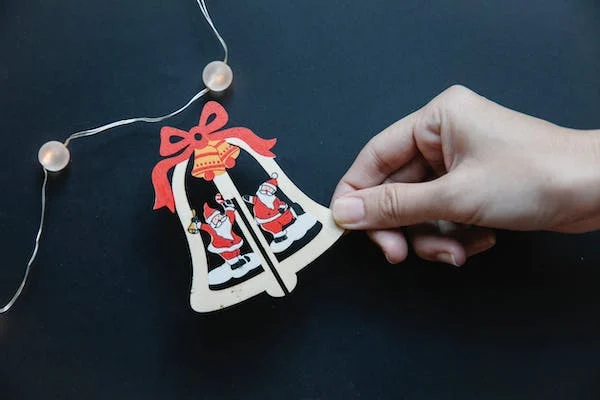Bringing a new puppy into your home is an exciting and joyous occasion. However, it also comes with its fair share of responsibilities, including ensuring your furry friend stays healthy. One of the most concerning and potentially life-threatening illnesses that can affect puppies is parvovirus. Parvovirus is a highly contagious disease that primarily affects dogs, especially puppies. It can be a frightening diagnosis, but with prompt action and proper care, your puppy has a good chance of recovery. In this comprehensive guide, we will walk you through everything you need to know about parvovirus, including its symptoms, diagnosis, treatment options, and most importantly, how to care for a puppy with parvovirus.
Understanding Parvovirus
Before delving into the steps to take if your puppy has parvovirus, it’s essential to understand the disease itself. Parvovirus, often referred to as “parvo,” is a highly contagious viral infection that affects dogs, particularly puppies under six months old. It is caused by the canine parvovirus type 2 (CPV-2) and comes in two forms: intestinal and cardiac.
Recognizing the Symptoms
Early detection of parvovirus is crucial for your puppy’s chances of recovery. The symptoms of parvovirus can vary in severity, but common signs to watch out for include:
1. Severe Diarrhea: This often contains blood and has a very foul odor.
2. Vomiting: Puppies with parvovirus will frequently vomit, leading to dehydration.
3. Lethargy: Your puppy may appear weak, tired, and unwilling to play.
4. Loss of Appetite: A noticeable decrease in food and water intake.
5. Fever: An elevated body temperature can be a sign of infection.
6. Dehydration: Sunken eyes, dry mouth, and tacky gums are signs of dehydration.
7. Abdominal Pain: Puppies may exhibit discomfort or sensitivity when you touch their abdomen.
If you notice any of these symptoms, it’s crucial to act quickly, as parvovirus can progress rapidly and become life-threatening.
Diagnosis
If you suspect your puppy has parvovirus based on the symptoms, you must seek immediate veterinary care. Diagnosis typically involves a combination of clinical signs, a physical examination, and diagnostic tests. These tests may include:
1. Fecal Test: This can detect the presence of the virus in your puppy’s stool.
2. Blood Tests: A complete blood count (CBC) can reveal low white blood cell counts and other abnormalities.
3. PCR Test: Polymerase chain reaction (PCR) tests can provide a definitive diagnosis of parvovirus.
Treatment Options
The treatment for parvovirus often requires hospitalization and aggressive supportive care. Treatment options may include:
1. Intravenous (IV) Fluids: To combat dehydration and maintain electrolyte balance.
2. Antibiotics: To prevent secondary bacterial infections.
3. Anti-nausea Medications: To control vomiting.
4. Pain Management: To alleviate discomfort.
5. Nutritional Support: In some cases, feeding tubes or special diets may be necessary.
It’s essential to follow your veterinarian’s guidance closely and be prepared for a prolonged hospital stay, as recovery from parvovirus can take several days to weeks.
Isolation and Hygiene
Parvovirus is highly contagious and can spread through direct contact with an infected dog or contaminated surfaces. To prevent the virus from spreading, follow these precautions:
1. Isolate Infected Dogs: Keep your infected puppy separated from other dogs in your household.
2. Quarantine: Clean and disinfect all areas your puppy has been in contact with, including bedding and toys.
3. Practice Good Hygiene: Wash your hands thoroughly after handling an infected puppy and before touching other dogs.
4. Vaccination: Ensure that all dogs in your household are up-to-date on their vaccinations to prevent future infections.
Emotional Support
Caring for a puppy with parvovirus can be emotionally draining. You may feel helpless and worried about your pet’s well-being. It’s important to remember that your puppy needs not only medical care but also emotional support during this challenging time. Spend time with your puppy, even if it’s just sitting quietly by their side, and offer gentle words of encouragement.
Monitoring and Follow-Up
Once your puppy begins treatment, regular monitoring by the veterinarian is crucial. They will assess your puppy’s progress, adjust treatment as necessary, and provide guidance on when it’s safe to reintroduce your puppy to other dogs and the outside environment.
Prevention
While parvovirus is a serious disease, there are steps you can take to reduce the risk of your puppy contracting it:
1. Vaccination: Ensure your puppy receives the appropriate vaccinations on schedule, including a series of parvovirus vaccines.
2. Avoid High-Risk Areas: Limit your puppy’s exposure to places where parvovirus is more likely to be present, such as dog parks and areas with a high dog population.
3. Proper Hygiene: Always clean up after your puppy and dispose of waste properly to prevent the spread of the virus.
Dealing with a puppy diagnosed with parvovirus can be a challenging and emotionally taxing experience. However, with early detection, prompt veterinary care, and proper treatment, many puppies can recover and go on to lead healthy, happy lives.
Remember that prevention is the best strategy, so stay diligent in ensuring your puppy receives the necessary vaccinations and practices good hygiene. In the face of this formidable disease, your love, care, and commitment can make all the difference in your puppy’s survival and well-being.
***Disclaimer: The content of the article is collected and organized by us. Whether it has medical effects is unknown and is for reference only. If necessary, please go to the local veterinary hospital and follow the professional advice of the veterinarian.



